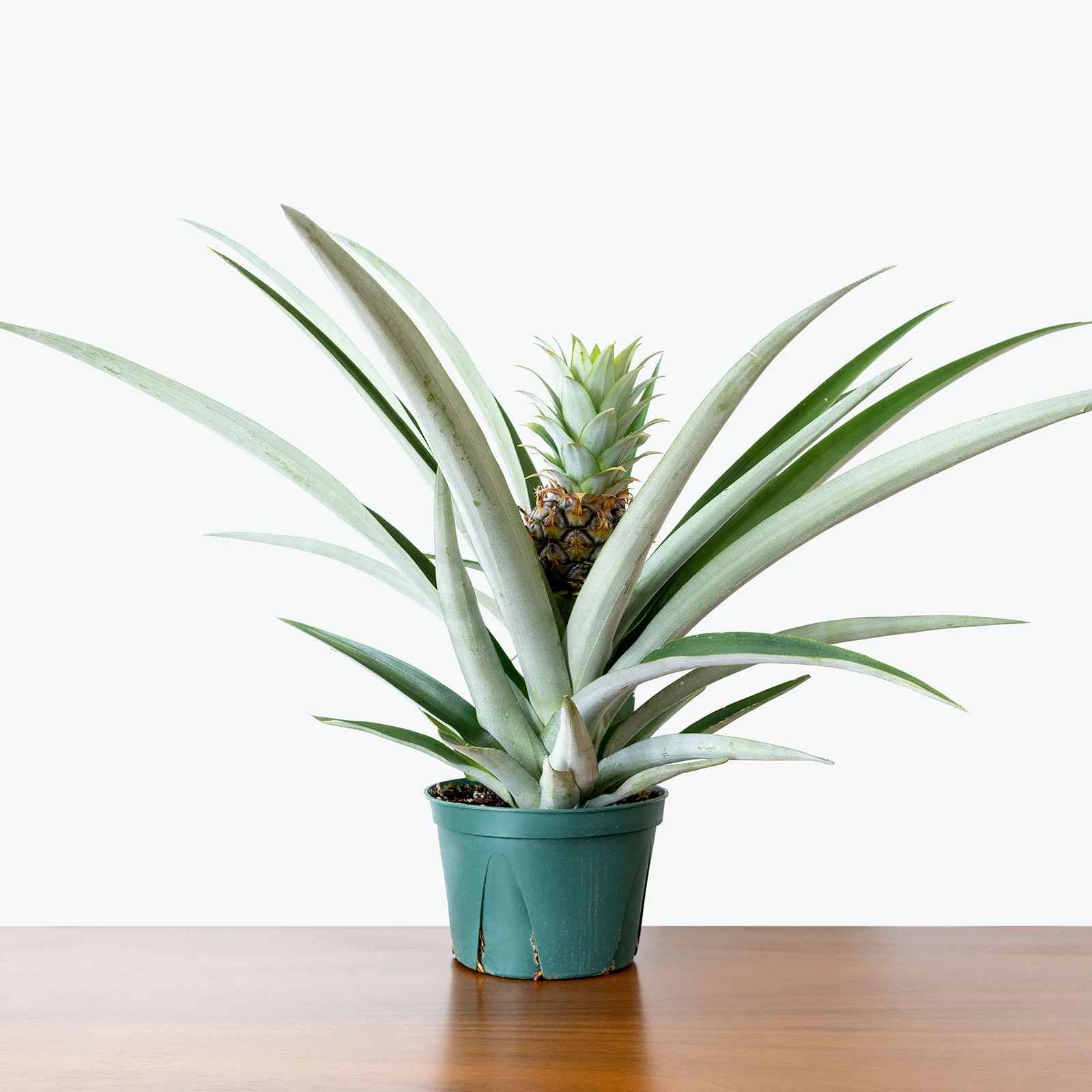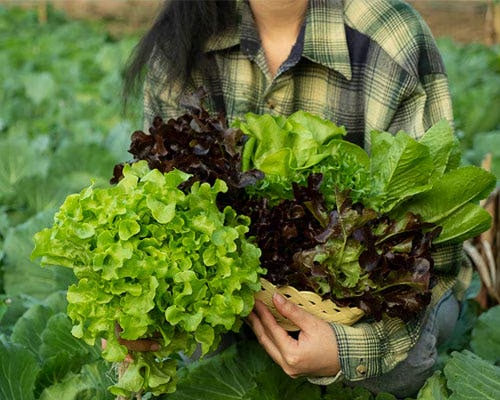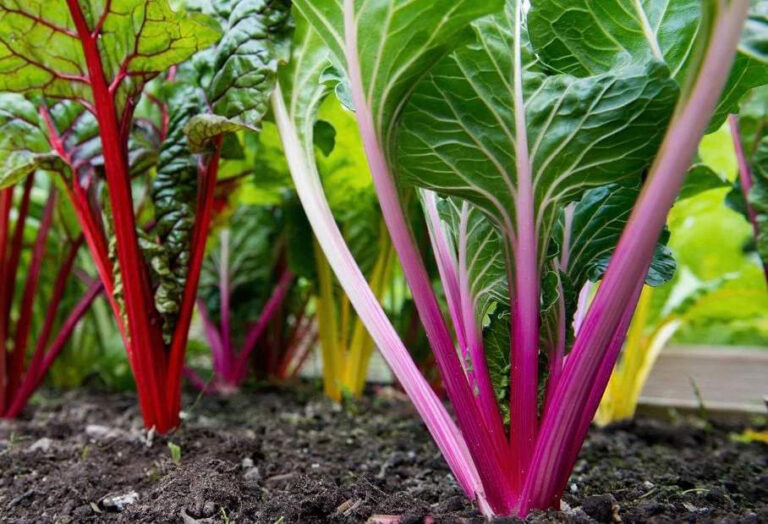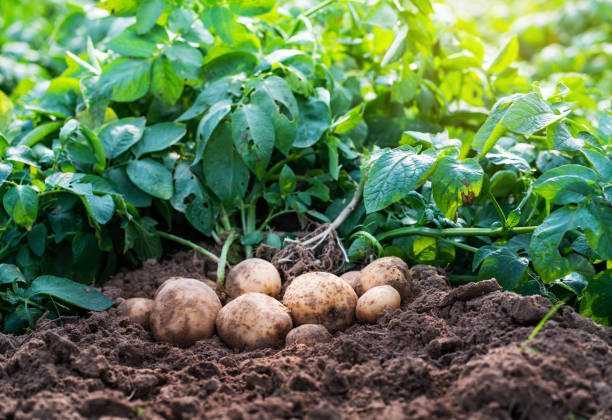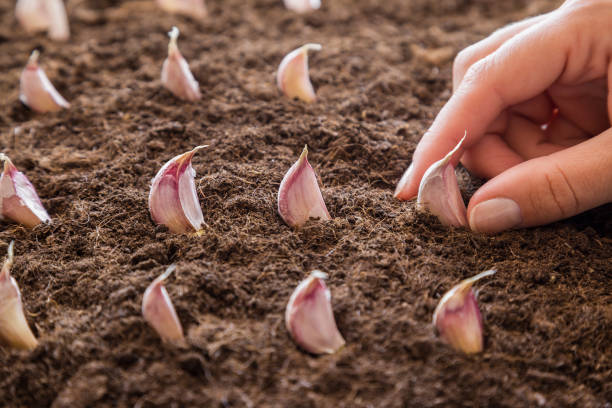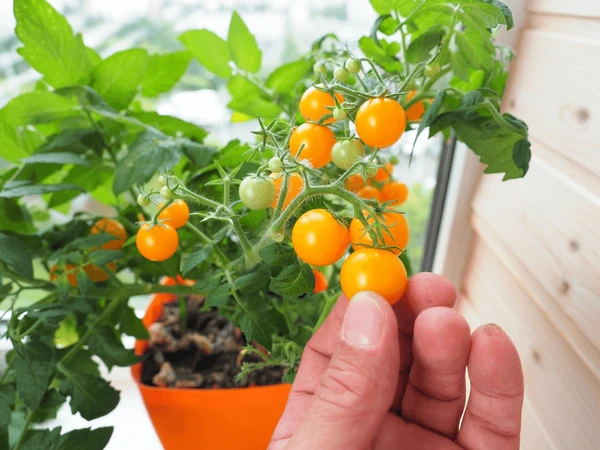How to Grow a Pineapple from the Top: A Step-by-Step Guide
Growing a pineapple from the top is a fun and rewarding gardening project that allows you to cultivate your own tropical plant with minimal effort.
Whether you’re a seasoned gardener or just starting out, this guide will walk you through the process from selecting the right pineapple to nurturing your plant into a thriving green beauty.
With the right care and patience, you can successfully grow a pineapple and enjoy watching it thrive over the years.
Choose a Healthy Pineapple
When selecting a pineapple, look for one with green, fresh leaves with no signs of wilting or browning.
The body should be firm and golden-yellow without soft spots or mold. A sweet, fruity aroma indicates ripeness, while a fermented smell should be avoided.
Pineapples that are too green may not ripen properly, while overly ripe pineapples may be past their prime and have less viable crowns.
Additionally, selecting a pineapple with a slightly larger crown can increase your chances of a successful propagation.
Remove the Crown
Hold the pineapple firmly and twist off the leafy top (crown). If it doesn’t come off easily, use a knife to cut just below the leaves, making sure to remove excess fruit flesh.
Peel off a few of the lower leaves to expose about an inch of the stem. Allow the crown to dry for one to two days in a shaded area to prevent rotting.
Drying helps prevent fungal growth when planting and allows the cut end to heal properly. It is also helpful to inspect the crown for any signs of rot or damage before proceeding.
Rooting the Pineapple Top
Fill a glass or jar with water and place the crown inside, ensuring only the base is submerged. Set the jar in a warm, sunny location and change the water every few days to prevent bacterial buildup.
In about two to three weeks, roots should start forming. Wait until they are at least two inches long before planting.
If the crown does not root, dipping the base in rooting hormone before placing it in water may help stimulate root growth.
A well-ventilated area with indirect sunlight is ideal during this rooting phase.
Planting the Pineapple
Choose a pot with good drainage and fill it with a well-draining potting mix, such as a blend of sand, perlite, and compost.
The soil should be slightly acidic, with a pH between 4.5 and 6.5, as pineapples prefer a mildly acidic environment. Plant the rooted crown in the soil, pressing gently to secure it.
Water lightly to moisten the soil but avoid overwatering, as pineapples are susceptible to root rot. If planting in a garden bed, ensure the soil has good aeration and organic matter to support healthy root development.
Providing Proper Care
Pineapples require a warm, sunny environment to thrive. Place your pineapple plant in a location that receives at least six hours of sunlight daily.
If grown indoors, consider placing it near a south-facing window or supplementing with a grow light.
Watering: Water only when the top inch of soil feels dry, avoiding soggy conditions. Pineapples are drought-tolerant but should not be left completely dry for extended periods.
Reduce watering in cooler months when growth slows. Mist the leaves occasionally to mimic their natural humid environment.
Temperature: Maintain a warm environment between 65-85°F. Pineapples are tropical plants and cannot tolerate frost.
If temperatures drop below 50°F, bring indoor plants inside or provide protective coverings for outdoor plants. A consistent warm temperature will ensure better growth and fruit development.
Fertilizing: Use a balanced liquid fertilizer every one to two months. A slow-release fertilizer or organic options like compost tea or fish emulsion can also be beneficial.
Avoid excessive nitrogen, as it can lead to excessive leaf growth at the expense of fruit production. Consider adding potassium-rich fertilizers when the plant is mature to encourage fruiting.
Growth Timeline
| Stage | Timeframe | Key Actions |
|---|---|---|
| Rooting | 2-3 weeks | Keep the crown in water and change it regularly. |
| Early Growth | 3-6 months | Ensure proper watering and sunlight. Check for healthy root development. |
| Mature Growth | 12-18 months | Continue care, prune dead leaves, monitor for pests. |
| Flowering | 18-24 months | Look for a reddish bud in the center of the plant, indicating flower initiation. |
| Fruit Production | 24-36 months | Expect small fruit development. Provide additional potassium-rich fertilizer to encourage fruiting. |
Common Problems and Solutions
- Yellowing leaves: May indicate overwatering. Ensure soil is well-draining and allow it to dry slightly between waterings. If lower leaves begin browning, prune them to improve airflow.
- Slow root development: Lack of warmth or too much moisture can slow root growth. Keep the plant in a warm area and avoid waterlogged conditions. Using a heating mat can accelerate root formation.
- No fruit after two years: Pineapples may take longer in cooler climates. To encourage fruiting, apply a diluted ethylene source like crushed apples or a commercial fruiting agent. Some gardeners use a plastic bag over the plant with an apple inside to induce flowering.
- Pest issues: Watch out for mealybugs and scale insects. Treat with insecticidal soap or neem oil if necessary. Ants farming aphids can also be problematic; controlling ants can help prevent further infestations.
- Leggy or weak growth: If the pineapple plant is stretching or has weak leaves, ensure it is getting adequate sunlight and nutrients. Regularly rotating the plant can help promote even growth.
Final Tips for Success
- If growing outdoors in a warm climate, consider transferring your pineapple to the ground for better growth.
- Protect it from frost if temperatures drop below 50°F.
- Regularly remove dead leaves to promote healthy growth and airflow.
- Avoid overwatering, as pineapples prefer slightly dry conditions.
- Be patient; it takes time for a pineapple plant to bear fruit, but the wait is worth it.
- Once a pineapple is harvested, the plant will produce offsets (also called pups or suckers) that can be removed and replanted for continued growth.
- Mulching around the base of the plant can help retain moisture and reduce weed competition.
- Regularly inspecting the plant for signs of disease or deficiencies will help keep it thriving.
Growing a pineapple from the top is a fun way to bring a tropical touch to your home while enjoying the satisfaction of growing your own fruit.
With careful attention to soil conditions, watering, and temperature, your plant will have the best chance at thriving and producing delicious pineapples.
Give it a try, and soon you might have a fresh pineapple of your own!


